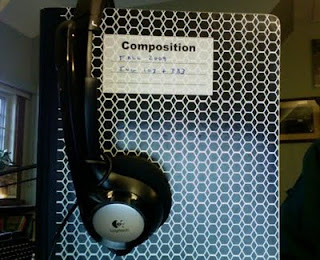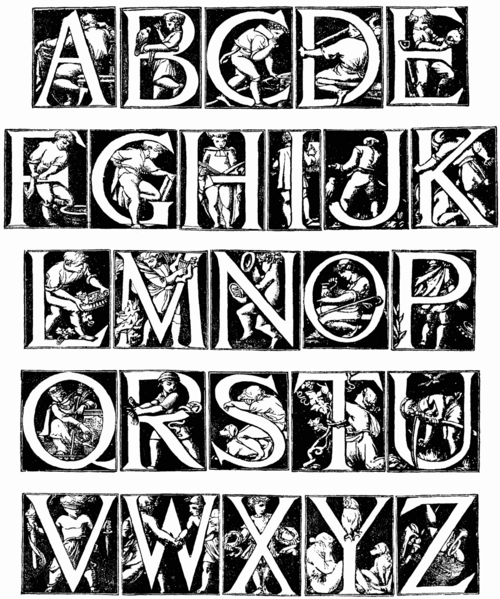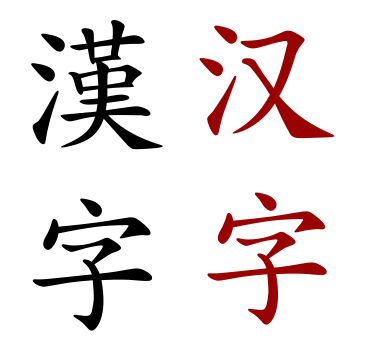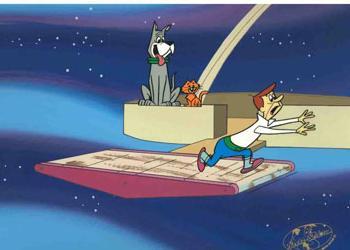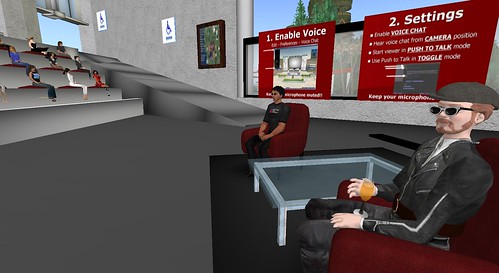Social Media sites like Facebook, Twitter and MySpace are being featured more regularly in the mainstream media and becoming part of our national conversation even though 51% of Americans do not use them. However, one group that is using these sites extensively are employers who pre-screen via social media. This topic came back to my attention recently when a student wrote a journal posting about an NPR feature on this practice and its implications. My student’s response was to consider pulling all of her social media sites down to prevent potential prejudice. And she is not alone in her concern.
Employer snooping is enough of a concern to inspire a social-media deletion site called Web 2.0 Suicide Machine and Facebook is apparently trying to block it from deleting sites that users want deleted. I guess we all click that “terms of agreement” button without really thinking about it (or reading it!). I doubt we would be so quick to click if the first lines of the agreement read: ANY AND ALL INFORMATION, IMAGES, AUDIO, VIDEO, TEXT OR OTHER COMMUNICATION BECOMES CORPORATE PROPERTY AND MY NOT EVER BE COMPLETELY EXPUNGED, RETRIEVED OR CONTROLLED IN ANY WAY BY THE USER. Of course, this is generally true for email as well, but that hasn’t bothered us much over the years.
No doubt employers will continue to snoop and surveil, but I wonder about the impact. In a way, such social media are a mildly homogenizing influence already, in spite of their many options, but if we’re all afraid to express ourselves in these limited ways because we might lose out on a job, won’t we become even more homogenized and bland in our timidity? When Huxley wrote Brave New World one of the purposes for the application of technology was the deliberate homogenization of each class to promote easy management and maximum production. The novel reveal the future of that world, but it is clear that submission to such micro-management and identical duplication are subtly conditioned over time. One clue to the future of their world comes in the opening scene of the novel as a group of Alphas are given a tour of the Hatcheries and Conditioning Center: “A troop of newly arrived students, very young, pink and callow, followed nervously, rather abjectly, at the Director’s heels. Each of them carried a notebook, in which, whenever the great man spoke, he desperately scribbled. Straight from the horse’s mouth. It was a rare privilege.” This does not sound like a group likely to take initiative or arrive at creative solutions to persistent problems – but I’ll bet they would pass an employer pre-screening.

